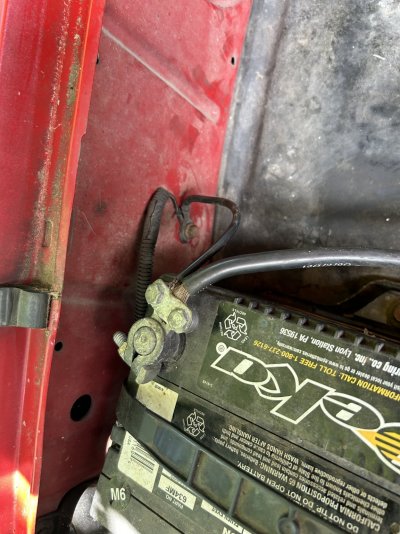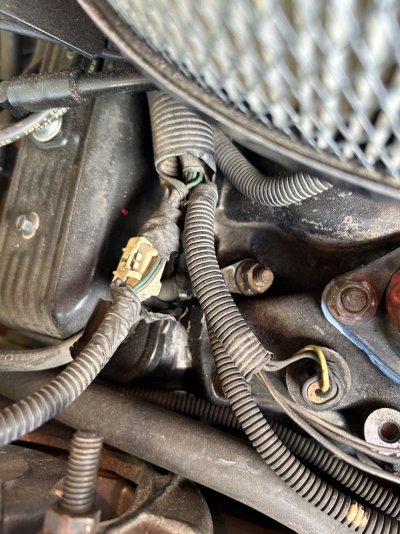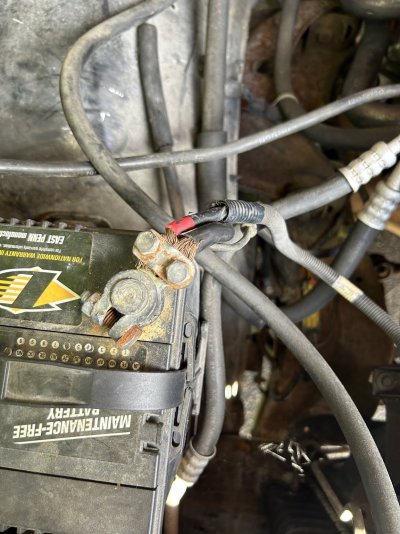"Autozone" or most any other auto parts store does not genuinely load-test batteries. They have a cheap hand-held machine that plays Van Halen at the battery until it submits, then generates a print-out showing battery capacity based on capacitance, or resistance, or the phase of the moon.
A REAL load test will actually load the battery instead of simulating a load test.
IF there's an intermittent connection inside the battery, a single load-test may not catch the battery when the connection is poor.
New ones, genuine copper not crappy copper-coated aluminum, (CCA) with built-in terminals NOT TEMPORARY CLAMP-ON TERMINALS that everyone on Earth seems to think are permanent replacements.
At least 4-gauge, not cheap and thin 6-gauge which is what the parts stores around here want to sell. Not thicker than 2-gauge. You don't need heavier than 2-gauge cables, and gigantically thick cables will need to be supported so they don't pull too hard on whatever they're attached to.
It would be worth checking the service manual for your vehicle to determine the size of the original cables.
 www.gmt400.com
www.gmt400.com




